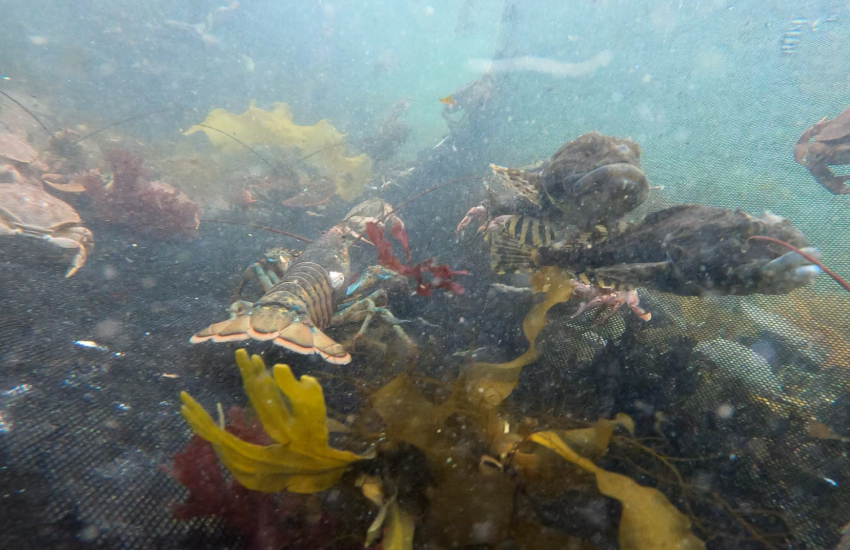
SIZE:
Up to 95 cm.
LIFE EXPECTANCY:
Unknown.
LIFE CYCLE:
Atlantic hagfish have mixed reproductive organs. Depending on which part develops, the animal will be either female or male. If neither organ develops, the individual will be sterile. However, if both develop, it will be a hermaphrodite.
Females make up the vast majority: 99 females for every 1 male. Unsurprisingly, this lowers the fecundity rate. Females produce 20 to 30 large, oval eggs, equipped with filaments capable of clinging to the substrate. They will take at least 1 year to develop.
An ageless fish
It is impossible to determine the age of an Atlantic hagfish. Since this fish is cartilaginous, it does not have otoliths, the calcium-forming stones used to measure the age and determine the species of a bony fish. Like the lamprey, the hagfish is one of the earliest forms of living vertebrates, differing from jawed fish.
The Atlantic hagfish’s body is covered in mucus. Its body is brownish on top and whitish on the underside; its tongue is orange. The hagfish has no jaw. Its skeleton is cartilaginous and not bony. Almost blind, its eyes are covered with skin. Its mouth and single nostril are surrounded by barbels.
On the bottom, usually between 30 m and 460 m deep, but can reach depths of up to 1,200 m.
Hagfish prefer soft, muddy or clay bottoms, where they burrow and spend most of their time.
It favors temperatures below 12 °C, and waters with high levels of salinity.
PREYS:
Organic matters
Fish
Worms
Crustaceans
PREDATORS:
Cod
White hake
Atlantic hagfish help clean up the oceans. In fact, they feed on dead animals. Thanks to their particular metabolism, they can live up to 7 months without food.
A slimy defense
When stressed, the hagfish secretes large quantities of mucus, capable of blocking the gills of its predators. The predators are then unable to breathe and end up suffocating.
MACHINES:
Traps.
REGULATIONS:
- Number of fishing permits limited to 7 for all of the Maritimes, in 2017.
- Regulations on the number, size, and specificity of traps.
- 6 month fishing season.
- Variable fishing zones.
Atlantic hagfish are only fished for exploratory purposes in the Gulf of St. Lawrence. There is a lack of information on the species’ biomass and biology, particularly its reproduction and lifespan, which are needed to allow more intensive fishing.
Atlantic hagfish is a Smarter seafood listed species.
BENEFITS:
No information.
LET’S COOK:
Soft texture, delicate taste, but a little unusual for the uninitiated. Hagfish can be eaten fresh, raw, or grilled on the barbecue. Hagfish mucus can be used as a substitute for egg whites.
Aphrodisiac serpent
Koreans are among the only people who eat hagfish. They consider this species to be an aphrodisiac because of its snake-like shape.






